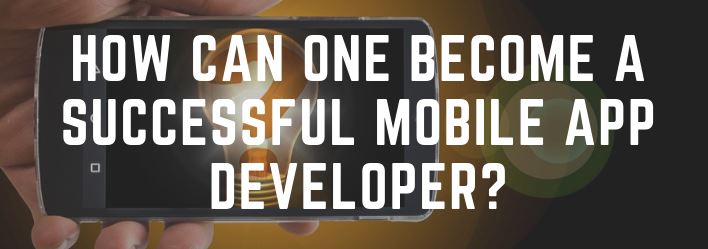The development of the app is still reasonably easy for experts to imagine. However, beginners ask questions like how to become an app developer from scratch. You should know that the app is developed function by function and so you see step by step the app develop into the designed app. During this development, we will talk about alpha versions of the app until the initial development is complete and all functions have been implemented. What are these steps and online skills in app development?

For the best online experience, you should buy an upgraded Laptop.
Buy on Amazon

How To Become An App Developer From Scratch
Beta Test for App Development
The time has come, the first phase of the app development has been completed. The initiation, concept, design, and now also the development phase have been completed. This means that all functionalities are included in the build as they were conceived and designed in advance, making the app beta. What now?
All functionalities have been implemented, but this does not mean that the app is ready for public distribution. The app can still have bugs and issues. Perhaps there are issues that now the app has been developed that seem to turn out differently than was designed in advance. For this reason, the app is extensively tested by Fish on Fire by checking the app feature by feature based on the design.
Test Period on How To Become An App Developer from Scratch
In addition, the test sheet keeps track of what needs to be tested, what has been tested, and what the results are. Is the feature implemented properly, is the implementation still in need of improvement or is the status of the implementation still critical? Based on these tests, the issues are addressed in a new development sprint. The duration of this sprint obviously depends on the number of issues that are found.
Customer Experience by Test
As soon as the app is in a reasonably stable to a stable state, we also have our customers test it. It’s possible that a customer will find other issues because you look at the app differently. As a customer, he or she will receive an invitation from you to test and to pass on issues in a certain format to you so that you can deal with them as well as possible.
Usefulness of Public beta for App Development
We recommend that beta versions, after having tested them extensively, are the first to be rolled out to a test group as a public beta. This group will feel honored to be able to test an app as a chosen audience that is not yet available to everyone and they will not immediately drop out if the app does not fully work for the target group as expected. It can always happen that things come to light that could not be foreseen in advance.
For iOS, the public beta will be shared through Apple’s testing platform called TestFlight. For Android, this will go through Google’s test platform, called Google Beta. Developer accounts are required for both platforms. The app can be prepared in these environments by the developer and the rollout can be done entirely by the customer.
Of course Fish on Fire will also support this, if desired. The further requirements for the rollout are app information such as descriptions, screenshots of the app, etc. and of course a list of testers. For iOS, a list of e-mail addresses is sufficient, for Android the e-mail addresses must be linked to Google accounts. For iOS, a maximum of 2000 users can be tested and with Google Beta this is even infinite!
Test groups For App Development
We recommend forming test groups that represent the market, but still remain manageable in numbers. During the rollout and updates of the app, the testers will receive a notification such as an email or an update as available in the test app.
With these test groups, you obtain positive feedback from potential users which can still be processed before the app is rolled out to the general public. Issues can also be tackled here because experience shows that issues can always emerge on a larger scale that went unnoticed on small-scale testing.
When rolling out a beta to your test group, make sure that the testers are well aware of the condition of the app, what is expected of them and how best to provide their feedback. With every rollout and update, an explanation can be sent as standard so that the tester is well informed. In addition, testers can be pushed to install the latest version by linking a limited availability to the app version, so that the app can no longer be tested after 2 weeks, for example. This includes the correct management of incoming issues, for example using a tool such as UserVoice
Live Status on How To Become an App Developer from Scratch
When sufficient feedback has been collected from the test group, it can be decided to schedule a new development sprint, to resolve bugs or issues and / or to optimize some functionalities, or to roll out the app to the general public. If a new development sprint is chosen, you can have the new beta tested again by the test group after this sprint. In this way, the test group is also kept well involved with the app.
Conclusion
When the app is successfully rolled out for everyone, the test group with profitable skills can be held to test the next phases of the app in the continuous development of the app. Then frequent updates can be done quarterly to improve customer experience.
Nice knowledge gained
An useful article, good to read